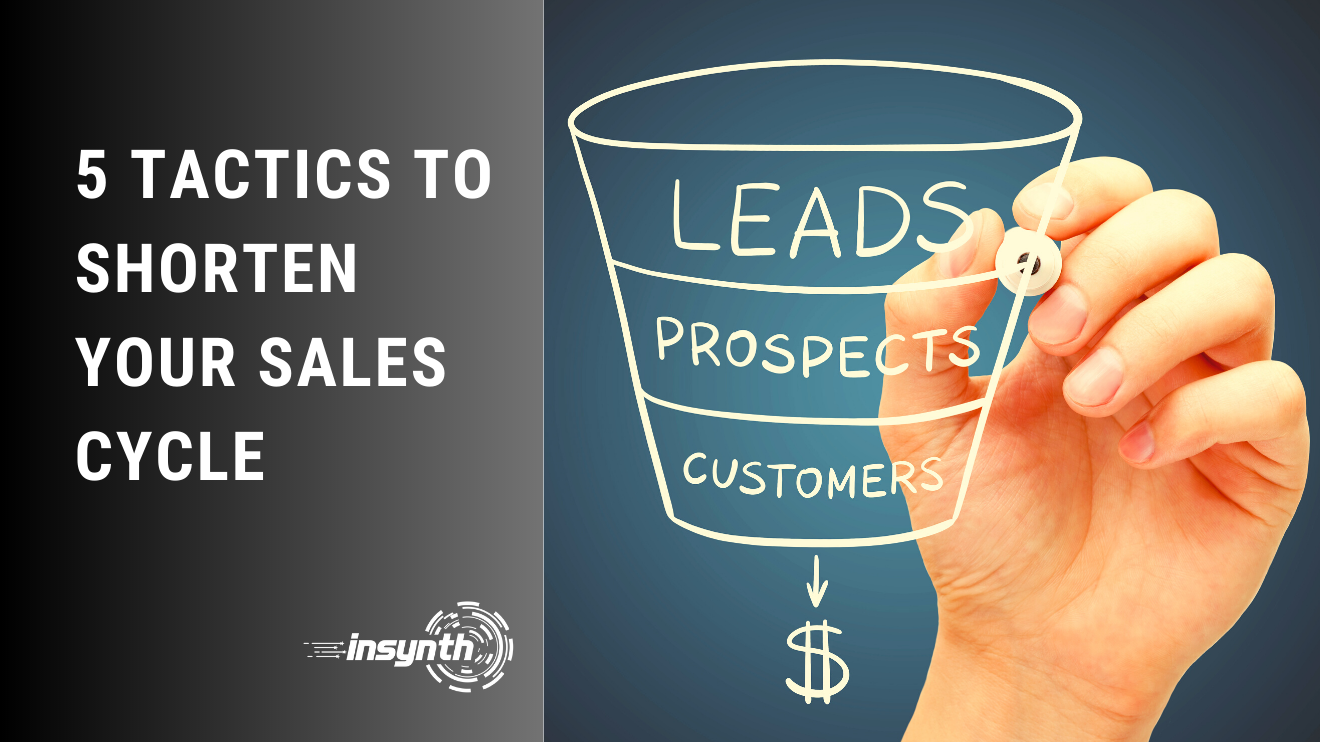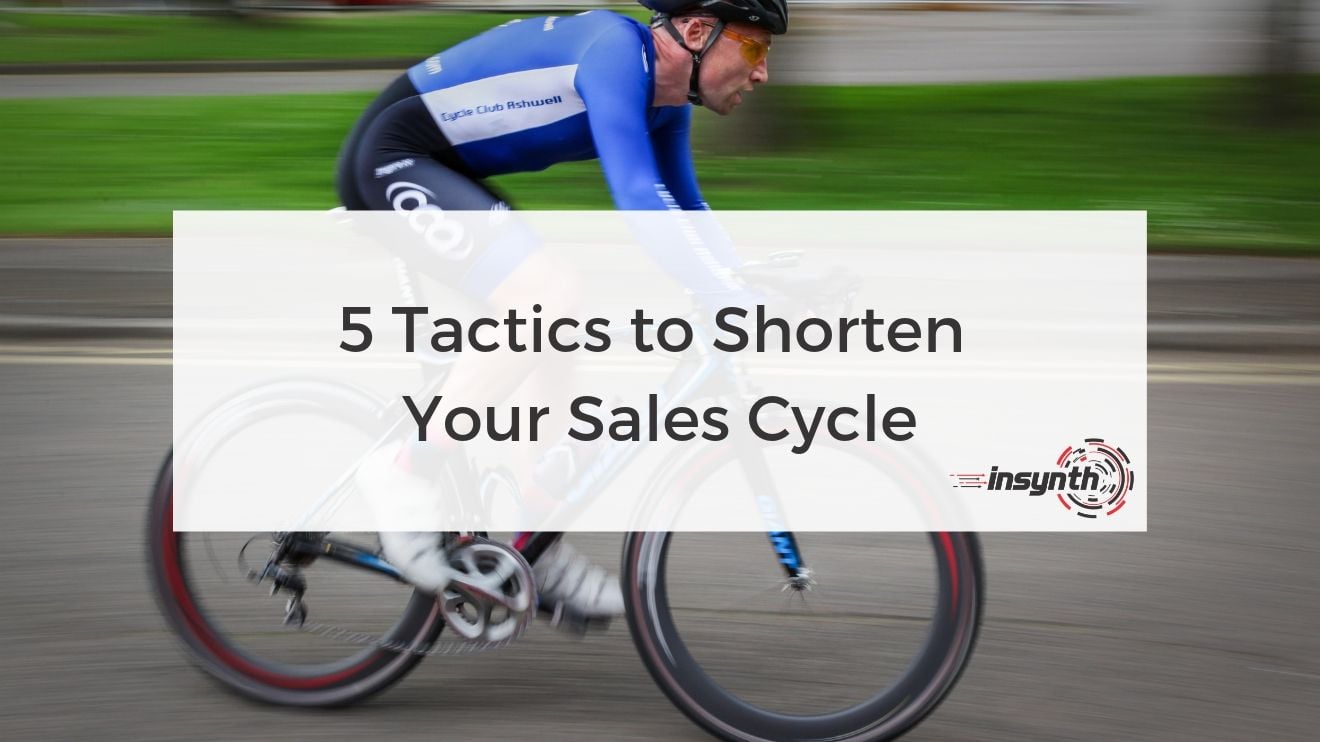

In the building product and construction industry, there are a number of factors that can disrupt the sales process. Losing out on specification to a competitor, projects being delayed and legislation changes.
A shorter sales cycle can free up time to generate additional leads. Ultimately improving your sales pipeline and helping you achieve your targets.
When you’ve got more deals progressing through your pipeline, the sales cycle will feel shorter. Done well, it can also become your competitive advantage.
Here are five effective techniques to speed up your sales cycle.
1. Automate repetitive tasks that are eating into your prospecting or selling time
Research suggests that only 1/3 of a salespersons time is spent selling! Time and energy are spent doing mundane tasks such as researching leads, updating CRM systems and writing reports.
There’s a good chance sales automation can remove these repetitive tasks and free up time for your sales reps. Contact information on potential customers can be pulled from public records off from just an email. You can then take a more structured approach to other areas such as creating email templates.
2. Create a list of common objections and how to handle them
Objections offer an opportunity for you to gather more information about your prospect and their situation. Ensure you address the objections early on to avoid wasting your prospect’s time, and your own.
Record this information on your CRM system to avoid wasted time and frustrating your prospect with repeat conversations.
Listen
Understanding your customer’s point of view is critical to moving the relationship forward. Instead of switching to the defensive, listen.
Find the underlying pain point
Ask further questions for clarification. Let your lead know you’re interested in their concerns and want to make sure you understand them.
If it’s price, don’t get stuck trading numbers. Move the conversation back to value, how your specification is different and back it up with performance data, reviews and testimonials.
Stay true to yourself
It can be very tempting to accommodate your leads desires by dropping the prices right away. Short term this may seem like a win, but it’ll undervalue your product and may not properly address the customer’s concerns.
3. Help your prospect before the call
Removing friction from the buying process will only aid in shortening your sales cycle. For architects, this is providing key content such as BIM objects and specification clauses on your website, ungated.
By combining sales and marketing you can then move towards answering some of the common questions your customers may be asking.
Answer questions around your product such as:
- “What are the requirements for a fire door?”
- “What is an LST radiator?”
- "Should I use sheet membrane or a liquid waterproof coating?"
This will position your company as experts in your sector and help with your lead generation.
4. Connect with your prospect in a more personal way
Today, a lot of the power is in the buyer’s hands. Spamming your buyer with impersonal emails, irrelevant information or cold calls can strain a potential new relationship. Instead, use sales enablement to empower your sales team.
Sales reps are often left in the dark, not knowing when someone has opened their email or read through their specification. Modern sales technology can help initiate contact.
You can set up notifications on your laptop to inform you when a contractor has opened your proposal. Perhaps you could give them a quick phone call to ask if they need any help clarifying the information given.
5. Use incremental closes
Research suggests that prospects contemplate objections long before ‘close’ and, to avoid conflict, they often cite socially acceptable rationale such as price when this may not be the real barrier to buying.
To avoid this, sales reps can ask prospects to make small commitments throughout the process. This allows objections from buyers to be surfaced earlier-on.
In the building industry architects tend to specify the products they have used before. The same study also shows that incremental commitments can also convince prospects to change.
Conclusion
Small changes such as a notification to when someone has opened your email, downloaded your whitepaper or been on your website can make a big impact. Allowing your sales team to connect with prospects in a more personal way with customers can only help your bottom line. Sales technology will allow you to do this.
Your sales reps will have a wealth of knowledge to handling objections at different stages in the specifier's journey. Pull this together in a modern CRM and optimise your sales cycle.
|
Read More |
About Insynth
As the only HubSpot certified agency to major on construction marketing, we bring together construction marketing strategy, digital strategy, website design, SEO, content marketing, email marketing, sales automation, marketing automation and HubSpot CRM implementation to produce successful campaigns and great results for our clients.

